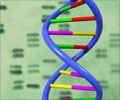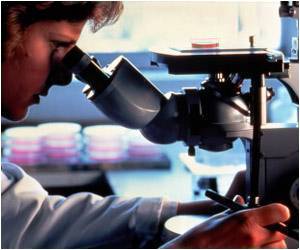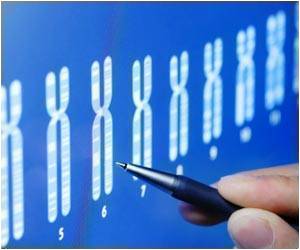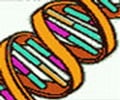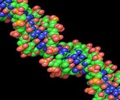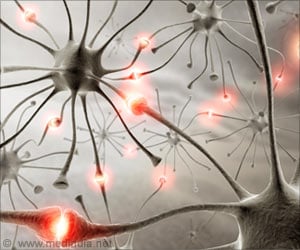Each cell contains two meters of DNA molecules. The way DNA folded determines how the letters are read out, and which proteins are actually made.
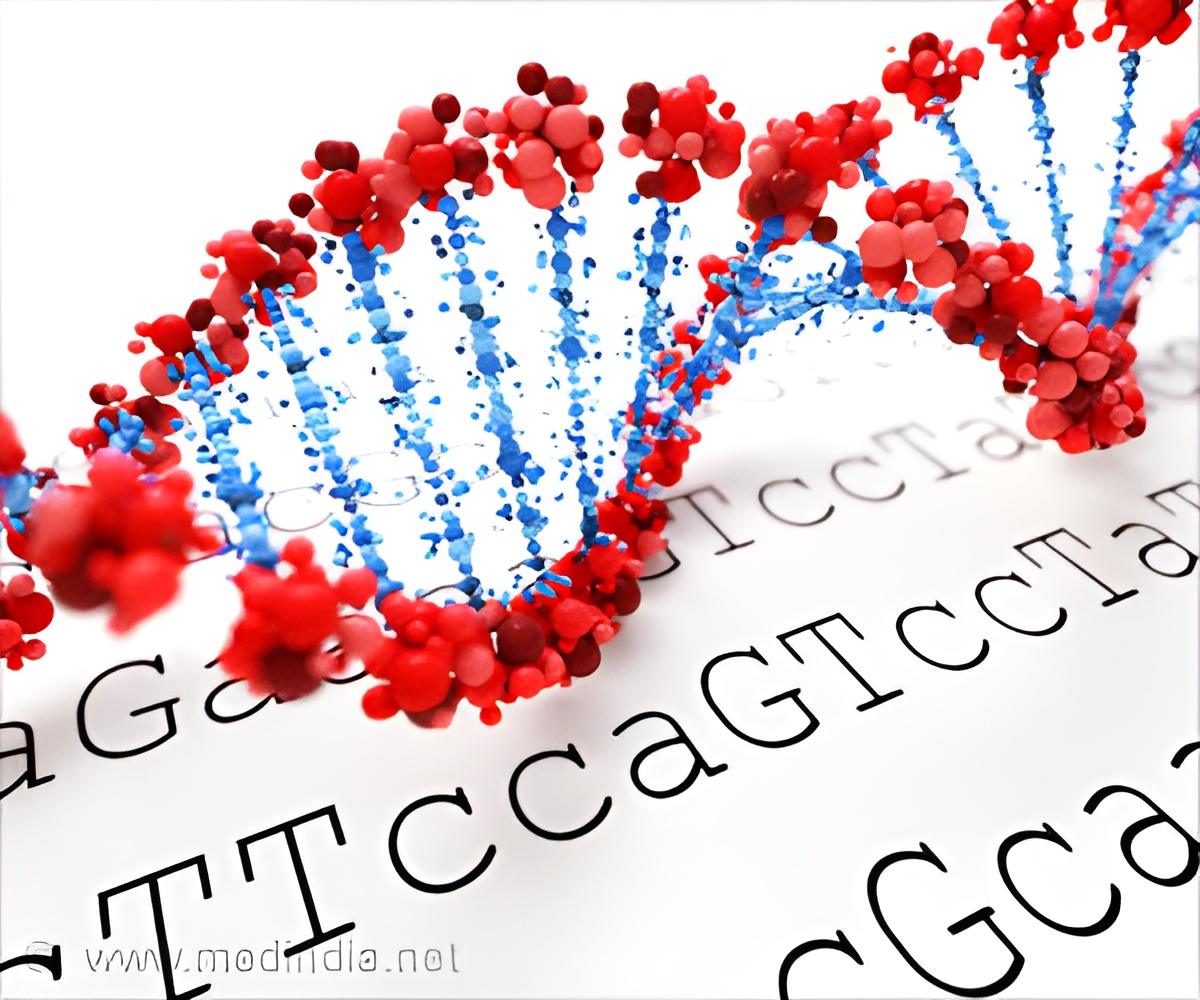
‘The second layer of information exists on top of the genetic code in DNA, confirming a long-standing hypothesis.’





Each of our cells contains two meters of DNA molecules, so these molecules need to be wrapped up tightly to fit inside a single cell. The way in which DNA is folded, determines how the letters are read out, and therefore which proteins are actually made.
In each organ, only relevant parts of the genetic information are read, based on how the DNA is folded.
The theory goes that mechanical cues within the DNA structures determine how DNA prefers to fold.
In a study published in the journal PLoS One, Leiden physicist Helmut Schiessel and his research group provided strong evidence that this second layer of information indeed exists.
Advertisement
It turns out that these cues indeed determine how the DNA molecule is folded into so-called nucleosomes.
Advertisement
With this finding, we know that evolutionary changes in DNA mutations can have two very different effects.
The letter sequence encoding for a specific protein can change or the mechanics of the DNA structure can change, resulting in a different packaging and accessibility of the DNA and therefore a different frequency of production of that protein.
Source-IANS

